Courses Infomation
Neuro-Rehabilitation for Stroke Patients Using Pediatric Methods from Robyn Otty

Neuro-Rehabilitation for Stroke Patients Using Pediatric Methods from Robyn Otty
Faculty:Robyn Otty
Duration:1 Hour 49 Minutes | Format:Audio and Video
Archive : Neuro-Rehabilitation for Stroke Patients Using Pediatric Methods from Robyn Otty
Outline:
Review pediatric developmental motor and perceptual skill acquisition and compare to clients with upper extremity hemiparesis
- Review developmental motor and perceptual milestones for children
- Compare milestones to clients with clients who sustained a stroke:
- UE Weakness
- Postural Control
- Transfer Skill
- Review of present literature to support task-based facilitation of movement
Analyze emerging motor skill development with clients post-stroke
- Case studies application
- Define developmental level and predict next emerging motor movement
Create fun, easy to implement activities that challenge and engage the client using a developmental framework
- Activity using pediatric-based facilitation methods to encourage motor development
- Discuss and actively demonstrate ways to integrate pediatric-based facilitation methods to adults who sustained a stroke
- Based on hands-on activity, modify activity given various difficulties associated with clients post-stroke
- Discuss ways to present such tasks within different areas of practice
- Review key concepts and allow additional time to ask questions and/or clarify key points
Description:
Connecting clinical information from what we know about pediatric development can be easily applied to neuro-rehabilitation. This course will review pediatric motor and perceptual-based development to create a predictive framework of upper extremity skill progression following a stroke. Extensive hands-on experiences will be provided to illustrate the emergence of hand skill development and refined fine-motor control.
Health and Medical course
More information about Medical:
Medicine is the science and practice of establishing the diagnosis, prognosis, treatment, and prevention of disease.
Medicine encompasses a variety of health care practices evolved to maintain and restore health by the prevention and treatment of illness.
Contemporary medicine applies biomedical sciences, biomedical research, genetics, and medical technology to diagnose, treat, and prevent injury and disease,
typically through pharmaceuticals or surgery, but also through therapies as diverse as psychotherapy, external splints and traction, medical devices, biologics, and ionizing radiation, amongst others.
Medicine has been around for thousands of years, during most of which it was an art (an area of skill and knowledge) frequently having connections to the religious and
philosophical beliefs of local culture. For example, a medicine man would apply herbs and say prayers for healing, or an ancient philosopher and physician would apply bloodletting according to the theories of humorism.
In recent centuries, since the advent of modern science, most medicine has become a combination of art and science (both basic and applied, under the umbrella of medical science).
While stitching technique for sutures is an art learned through practice, the knowledge of what happens at the cellular and molecular level in the tissues being stitched arises through science.
Salepage : Neuro-Rehabilitation for Stroke Patients Using Pediatric Methods from Robyn Otty


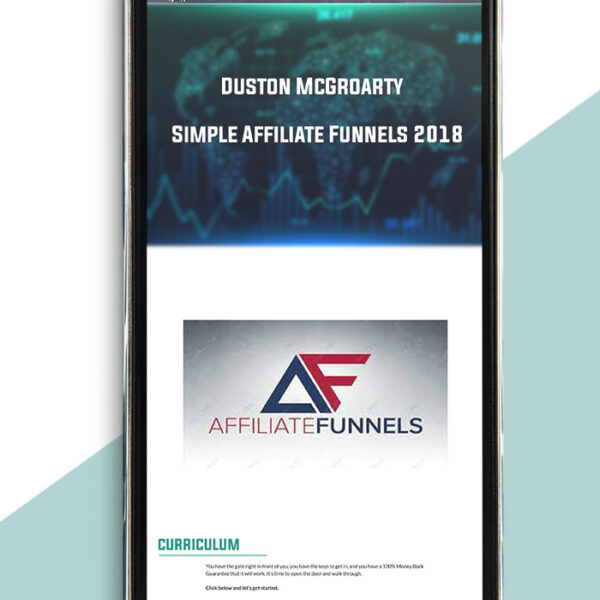
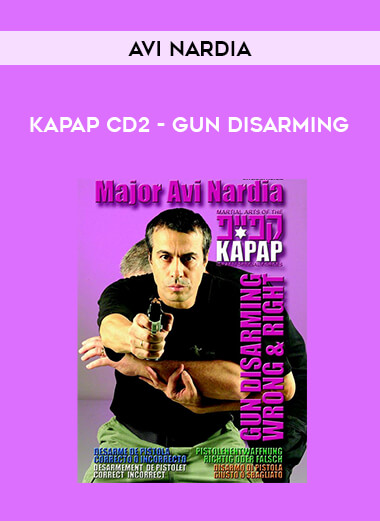
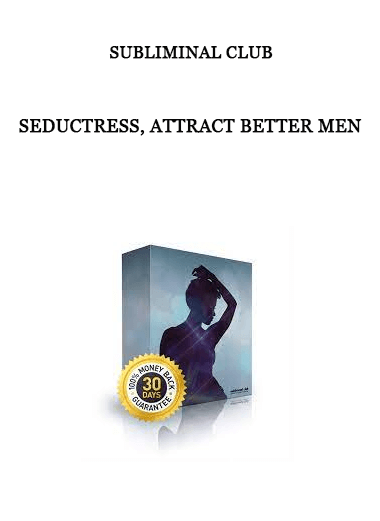


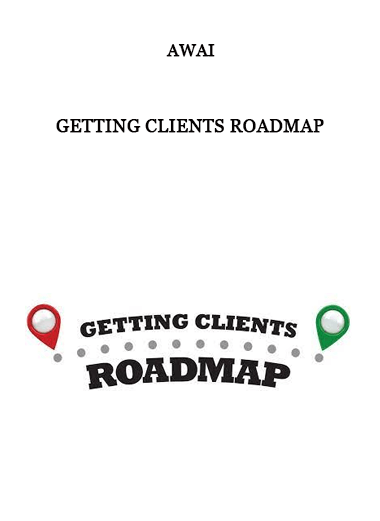

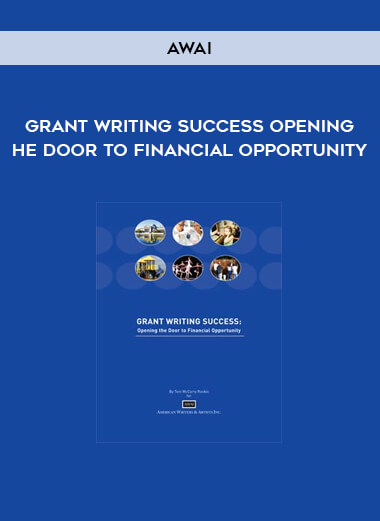
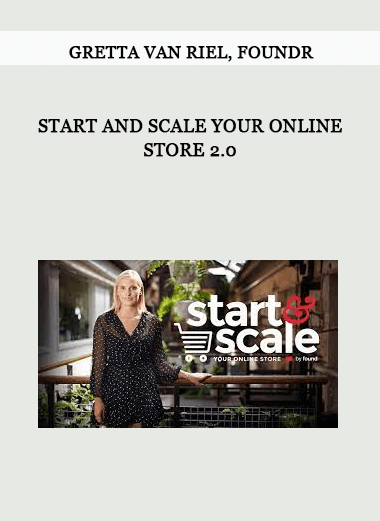
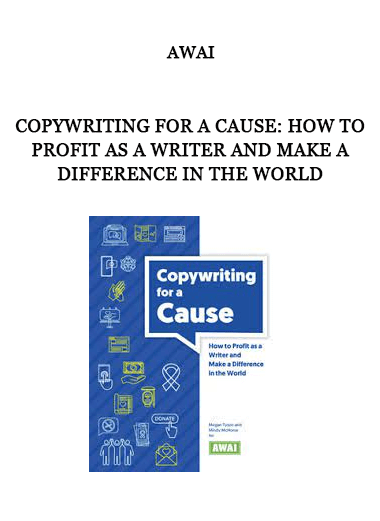



















Reviews
There are no reviews yet.